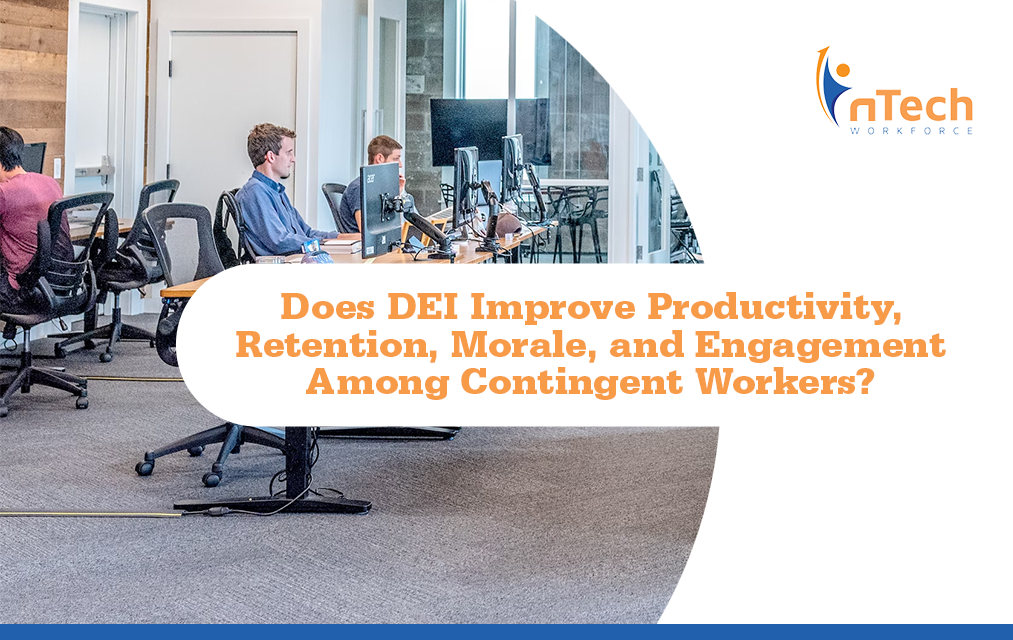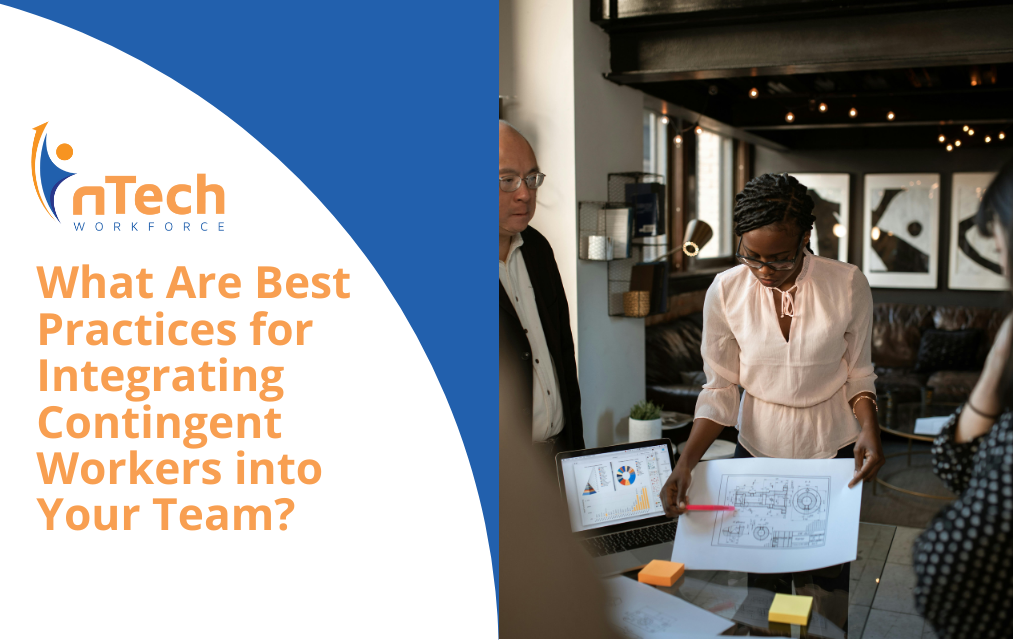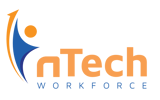3 min read
Does DEI Improve Productivity, Retention, Morale, and Engagement Among Contingent Workers?
![]() nTech Workforce
:
Feb 3, 2023 1:28:17 PM
nTech Workforce
:
Feb 3, 2023 1:28:17 PM

Traditionally, contingent workers have been seen as performing non-core business functions. However, this is far from the realities of the modern workforce. Contingent workers constitute 40% of the workforce, with predictions of a rise to 50% by the end of this decade. 84% of US organizations plan to employ more contingent workers as a part of their business strategy.
Contingent workers are no longer seen as just temporary replacements for full-time employees. With such a substantial increase in contingent workers, organizations must strive to match their Diversity, Equity, and Inclusion (DEI) programs to cover their entire workforce, including contingent workers. A DEI retention strategy can improve organizational performance, and putting this in place is an extension of intentional culture.
What is the Association Between DEI, Morale, and Retention?
Explaining the importance of how DEI affects morale, Jimmy Iannuzzi, VP and General Manager at nTech Workforce, says, “People want equal representation, and they want fairness and equal access to… promotions or resources and so when you don't have that, I think it can have a negative domino effect on how your workers are feeling about the work they are doing.” As such, companies offering a diverse, equitable, and inclusive environment make people want to stay.
There is a direct correlation between DEI and employee retention. DEI initiatives can be a real differentiator for organizations that deploy many contingent workers. There will be a rise in workers’ morale and engagement if their organization promotes fairness and inclusion in their practices. This will lead to better worker retention. The working culture and DEI initiatives are becoming the critical differentiators for not just contingent workers but also full-time employees of that organization.
How Do Stay Interviews Foster Inclusion, Fairness, and Employee Retention?
Negative turnover often impacts the entire team as Cynthia Moore, Co-Founder, and VP at VMS Professionals, acknowledges that more people walking out the door makes others anxious about getting out.
Most companies only assess their negative turnover rate through the lens of employees who left. But an innovative way to do that is to interview people who are staying and not walking out that door. Interviewing will help understand their stories and what unique opportunities were given to them that made them stay. Those opportunities can be expanded for other employees as well. In today’s environment of the Great Resignation, companies need to start talking to the employees who are staying to understand their stories and what is working for them. This could then be applied to the whole team to mitigate some of the negative attrition.
How Does Listening to Frontline Workers Improve Engagement?
Cynthia Moore emphasizes that actively listening to your frontline workers, following up with them, and taking an interest in what’s happening in their world can make a huge difference. This motivates them to do better. Active listening includes taking their ideas and opinions into consideration.
Most frontline workers have worked with different organizations, and they might have an idea that can improve your workflow processes. You don’t have to implement each idea that floats but having a discussion around that goes a long way in making employees feel included in your organization. Build a workplace culture where your employees feel comfortable bringing in new ideas.
Open-door policies are not enough; you must listen to make them feel involved and engaged. Organizations need to be more empathetic in their approach to their frontline workers. A Gallup poll found that the biggest source of burnout and problems for most employees was unfair treatment at the workplace. A huge workload, ineffective communication with managers, a lack of support, and unreasonable time pressure followed this.
Is Re-Evaluating Measures That Matter with Worker Input an Effective Tool to Increase Productivity?
Involve your frontline workers in the conversation about key performance indicators and ask them what should be measured and how. Jimmy Iannuzzi suggests, “Bring your workers into the conversation around what we're measuring, and it doesn't have to be at odds with your business, but there can be a pragmatic, empathetic, and compassionate approach towards measurement.”
Measure what matters most to your employees. Organizations need to shift their metrics from business-centric to worker-centric to produce better results and reduce organizational turnover. Another critical metric is promotions, i.e., if your workers are not being promoted, you need to reassess your metrics. A lot of people will leave if they feel stuck in a stagnant job.
The above discussion demonstrates that company culture and DEI go hand and hand. DEI initiatives are critical to employee engagement, productivity, retention, and morale. Organizations must shift their DEI approach from business-centric to worker-centric to truly excel in the competitive market.
At nTech Workforce, we help our clients connect and empower their workers with growth opportunities. With over 15 years of experience, we are experts in delivering reliable and creative solutions in response to critical business challenges or opportunities.

What Are Best Practices for Integrating Contingent Workers into Your Team?
With the growing reliance on contingent workers—whether freelancers, consultants, or temporary staff—integrating them into your team has never been...

What is the Difference Between W-2, 1099, and C2C?
The demand for contingent workers is expanding rapidly. Areport from Intuit noted that 80% of US corporations with contingent workers are expected to...

.png?width=175&height=109&name=Primary%20Logo%20(Official).png)







-1.png?width=303&height=403&name=Job%20Seekers%20Mega%20Menu%20(1)-1.png)




%20(1).png?width=1620&height=986&name=Businesses%20Mega%20Menu%20(1)%20(1).png)
